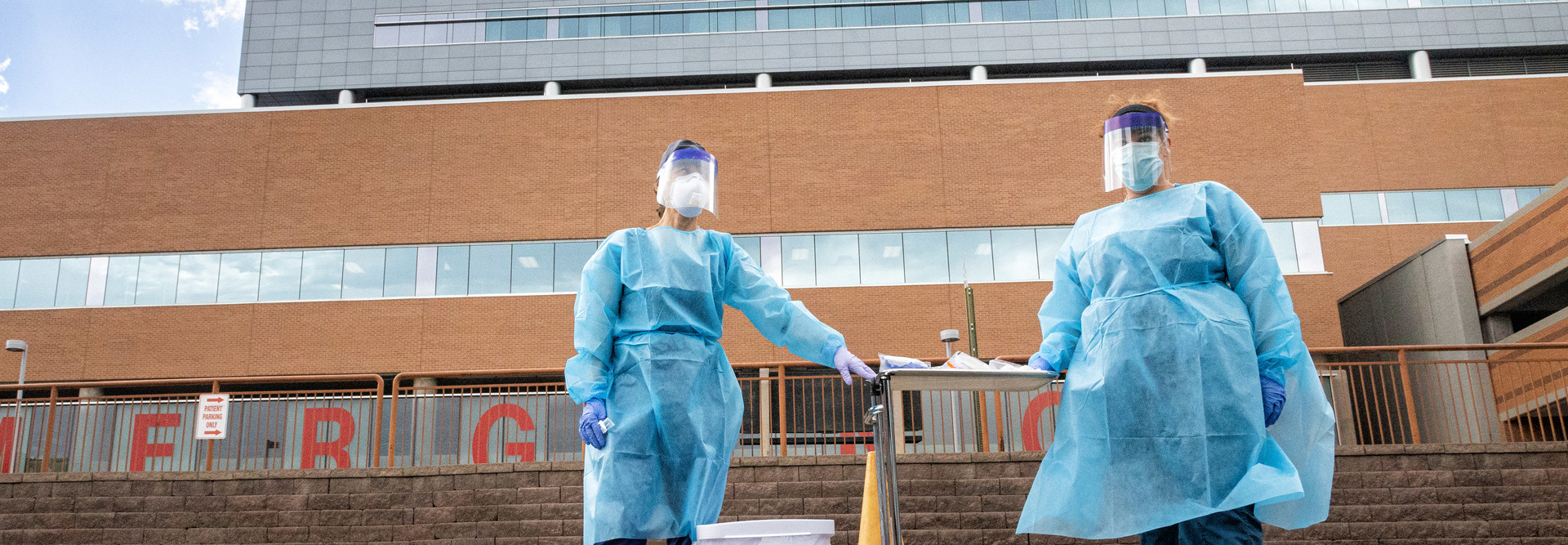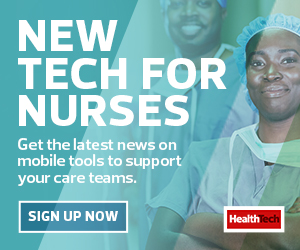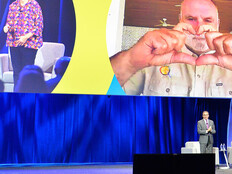Heightened precautions and patient traffic because of COVID-19 have inspired a new way to receive medical care: drive-through testing sites.
By allowing healthcare providers to test for the coronavirus while keeping high-risk and potentially infected people out of healthcare settings, these outdoor sites support efficiency and important social distancing for everyone involved.
But not every setup is the same. Staffers at one location may write down patients’ information; others might use laptops but still require frontline workers to ask patients for their information and enter it in real time.
“That introduces room for error and inaccurate results,” says Melissa Einspar-Faletti, a senior healthcare regional sales manager for Zebra Technologies.
As employees register hundreds of patients every day, the rote series of questions and manual data entry could produce misspelled names or incorrect dates — a big problem for labs processing the tests and for patients awaiting their results. Having to lug a laptop cart to every patient’s vehicle can add to the frustration.
Mobile devices such as Zebra Technologies’ TC52-HC handheld computer offer a solution for busy drive-through testing sites. The TC52-HC, the company’s third-generation healthcare mobility device, resembles a typical smartphone but offers plenty of unique features to make COVID-19 testing sites more accurate and efficient.
DISCOVER: Learn how Zebra's mobility solutions improve efficiency, productivity and security in healthcare.
Offering Seamless Workflows and Security
Sites that use the Zebra mobile device can link into patient records and simplify the specimen collection workflow. A provider or technician may approach patients’ car windows and simply ask them for identification, such as a medical record number, to access their medical records.
The device, which has near-field communication technology, can be tapped against a Zebra printer for pairing. The printer then creates two labels.
The provider places the first label on the specimen container so it can be tracked throughout the testing process. After the specimen has been collected, the provider then uses the mobile device to scan the label and confirm the test has taken place.
“Scanning the specimen after the test has been taken also confirms that the right specimen is affiliated with the right patient,” Einspar-Faletti says.
The second printed label — or perhaps a printed wristband — is given to the patient. Later, patients use their smartphone cameras to scan the printed codes to access their medical records and test results. “It’s like going to a restaurant and scanning a barcode instead of using a paper menu,” Einspar-Faletti says.
Unlike a laptop, which most often relies on a Wi-Fi connection, the mobile device can access a broadband cellular network. And it’s completely sealed with a higher-grade plastic than the kind used for typical cellphones, allowing for frequent wipe-downs with disinfectant. The screen is designed so that providers may wear gloves while using it.
Providing Improved Access for Everyone
Not all drive-through testing happens at healthcare facilities, and some patients may not have an existing relationship with a healthcare system or have an electronic health record.
Mobility technology provides an advantage. Zebra mobile computers allow providers to manually enter a patient’s identifying information, but their software also can bypass the manual entry of data altogether.
Instead, users can scan the barcode on the back of a driver’s license to automatically retrieve that information — just like a grocery store clerk might scan that same barcode to confirm a shopper’s age.
“We have developed a method to provide people with a safe and efficient way to get tested during the pandemic,” says Einspar-Faletti, noting that the technology has been deployed by large U.S. health systems and already has “made an impact in a challenging situation.”
Testing workflows enabled by mobile technology may also be scalable to meet future challenges. If healthcare facilities and pharmacies become distribution points for a COVID-19 vaccine, handheld mobile computers could be a valuable tool for managing assets and patients.
Brought to you by:













